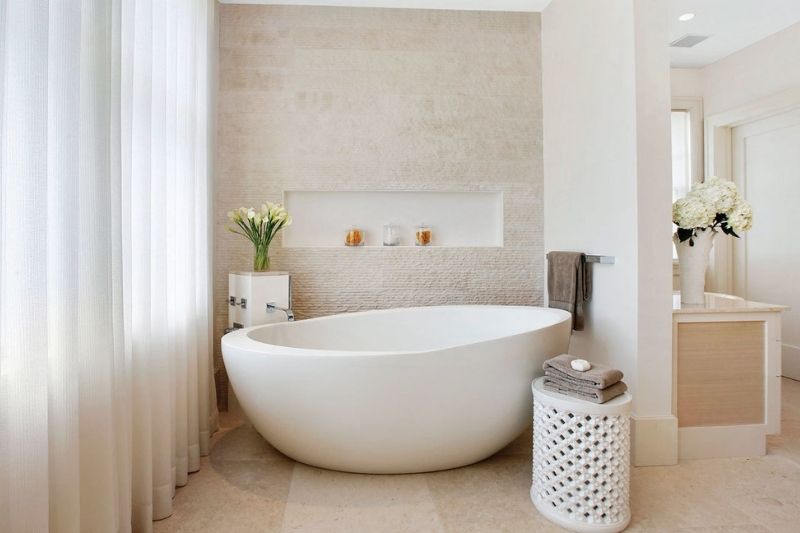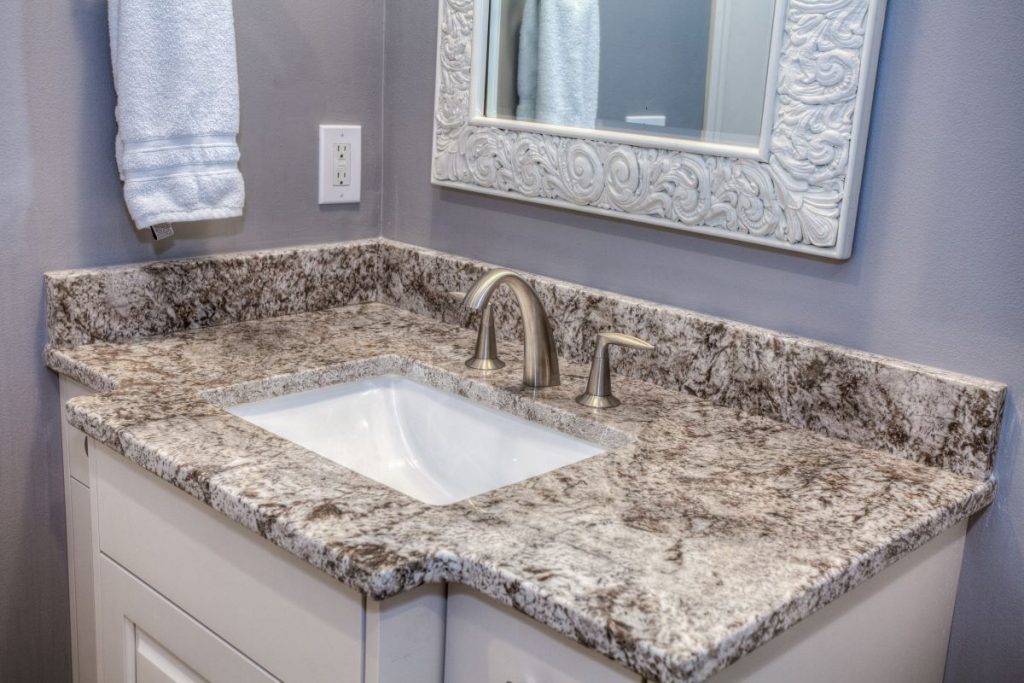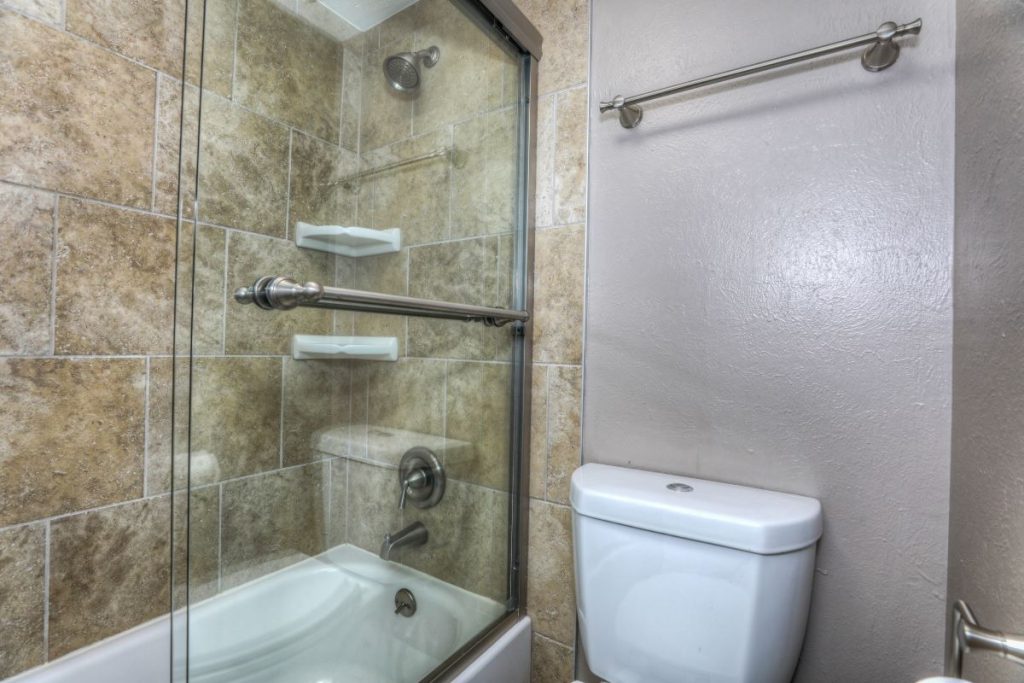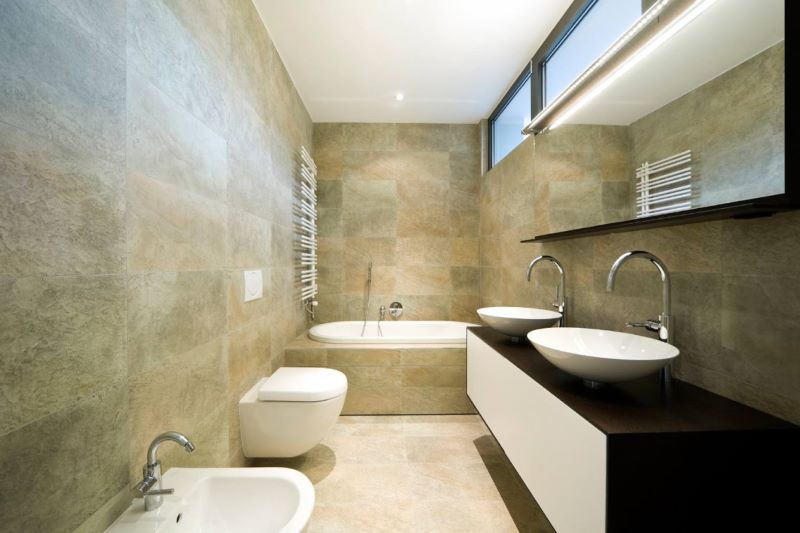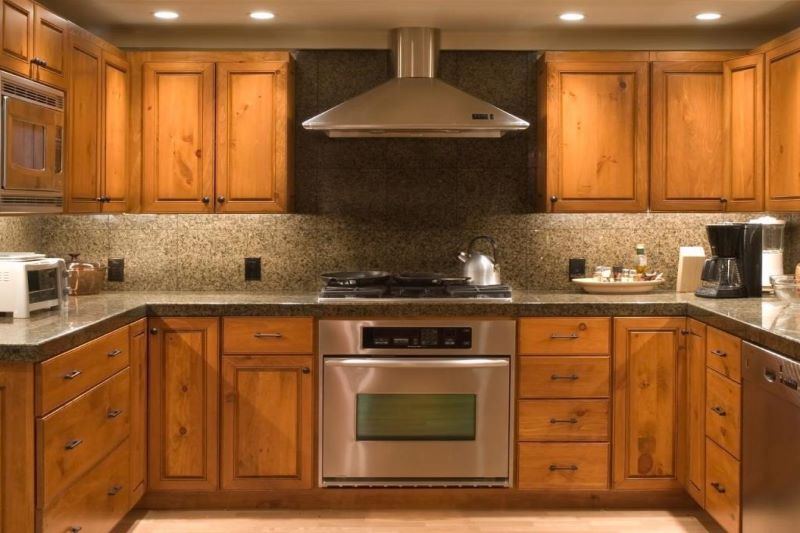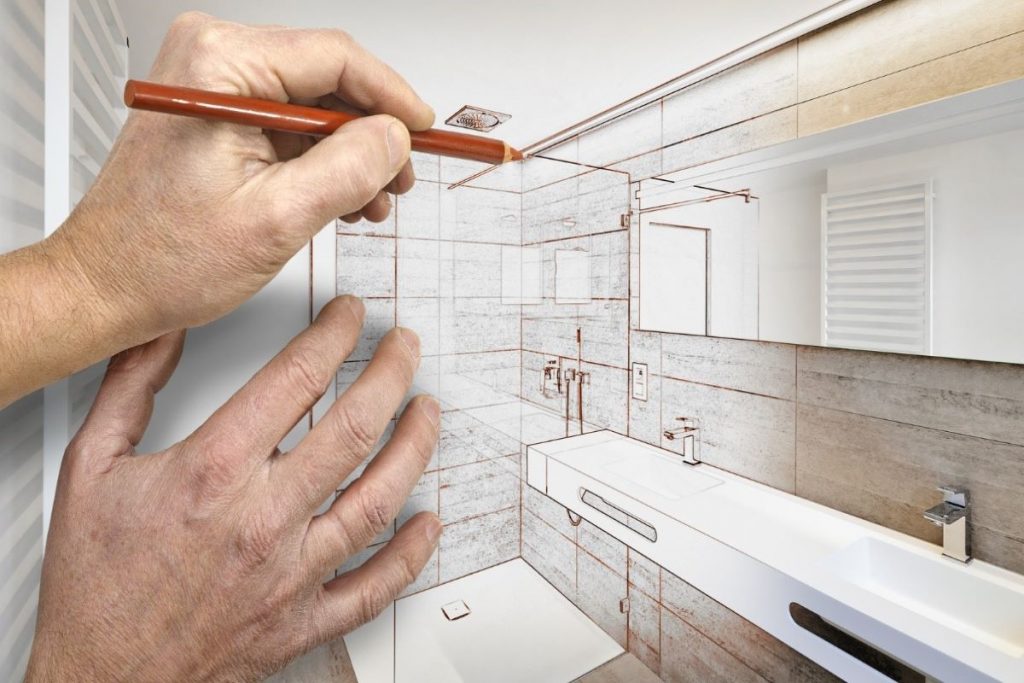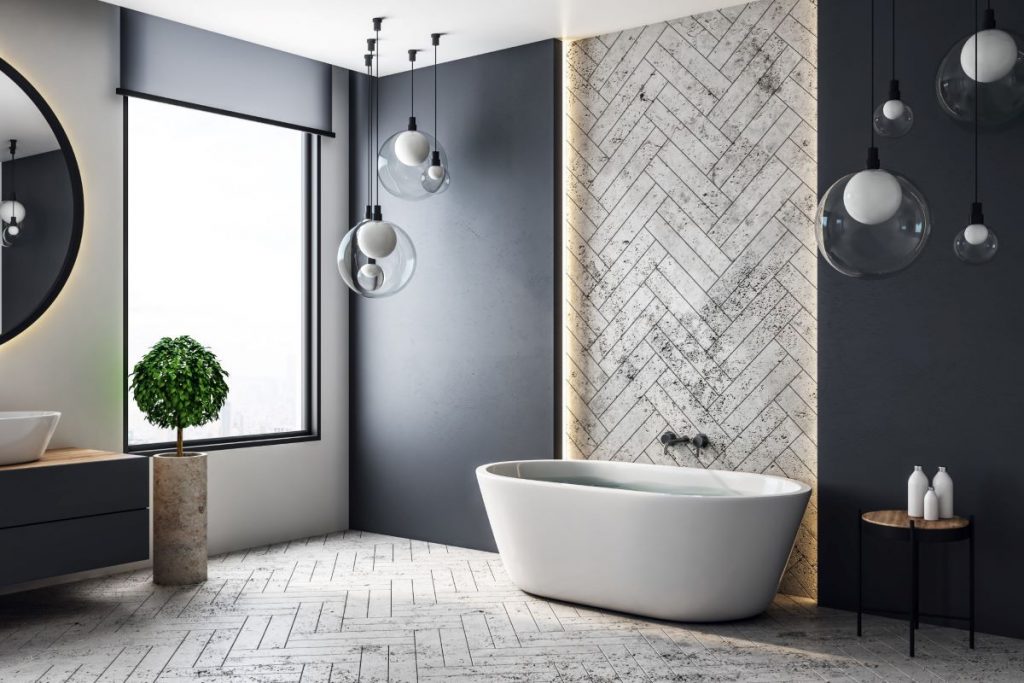Table of Contents
If you’re renovating your home, remodeling the bathroom can be a challenging part of the journey. There are essential considerations like plumbing, flooring, and deciding on whether to install a shower or tub. While showers can be a practical choice, having a bathtub is also quite a tempting option. Who wouldn’t want to luxuriously soak in a designer freestanding bath after a stressful day at work?
So, if you have been considering installing one for yourself, here are some questions you may have.
Is soaking in a tub better than taking a quick shower?
According to the National Center for Biotechnology Information (NCBI), soaking in the bath is an effective way to treat inflammation and stress-related diseases.
Balneotherapy, the study of treating disease through bathing, is nothing new. As part of traditional medicine, some cultures practice immersing in mineral water, mineral-laden mud, and hot springs to cure arthritis, skin conditions and fibromyalgia,
A study by exercise physiologist Steve Faulkner found that taking hot baths can burn as many calories as taking a 30-minute walk. Plus, the participant’s blood sugar levels were about 10% lower than after taking a bike ride.
Heat therapy, practiced by soaking in a bath for 20 minutes, can stabilise one’s blood pressure and improve blood flow to the heart. Bathing relaxes people and boosts the body’s immunity against infections and viruses.
Bathing also improves the quality of sleep.
How much space will a freestanding bath take?
The dimensions for a freestanding bathtub are:
- Standard size – 60 inches long, 30 inches wide with 19 inches of water depth
- Smaller version – 55 inches long, 27 inches wide with a water depth of 15 inches
- Larger version – 72 inches long, 32 inches wide with 20 inches of water depth
The choice will also depend on your physical size. Larger sizes are more challenging to use by small children and older people.
Freestanding tubs are also more massive. With extra water weight, you will need a reinforced floor to support the additional weight. Having a corner designer freestanding bath is also a great option if there is less space.
What designs are available?
There are a variety of freestanding bath designs to choose from:
- A single-ended bath has a sloped rounded end with the plumbing apparatus on the other side. Some have higher back support. Double-ended bathtubs have two rounded ends. Perfect for two people.
- Clawfoot baths are the traditional tubs with “feet” to keep the floor dry and prevent mildews from forming.
- Pedestal baths rest on a solid base.
- “Back-to-wall” bathtubs have their long edge against a wall.
- Corner baths are the obvious choice for small spaces.
- Freestanding tubs double as showers by adding a rod and using curtains to circle the bathtub.
- Roll-top baths have curved edges for a comfortable soak.
- Japanese soaking tub is smaller and taller, for sitting instead of lying.
From what materials are tubs made?
Most people prefer acrylic for its durability. Aside from being more affordable, they are easier to carry and install. Acrylic bathtubs are non-porous, making them resistant to stains, scratches, and discolouration.
Overall, acrylic is the best option in terms of affordability and ease of maintenance.
Cast iron tubs, however, will last a very long time. Aside from their vintage look, these tubs are known for their heat retention. On the negative side, they are very massive and expensive.
Less popular options are designer freestanding bath made from stainless steel, copper, wood, and stone. These are more costly and are high-maintenance. Their distinct advantage, however, is their capacity for heat retention.
Although freestanding bathtubs are generally more expensive, they give a stylish look to any bathroom. Choose the tub that you would be most comfortable using. Enjoy your soak!
source/credit: acsbathrooms.com.au
